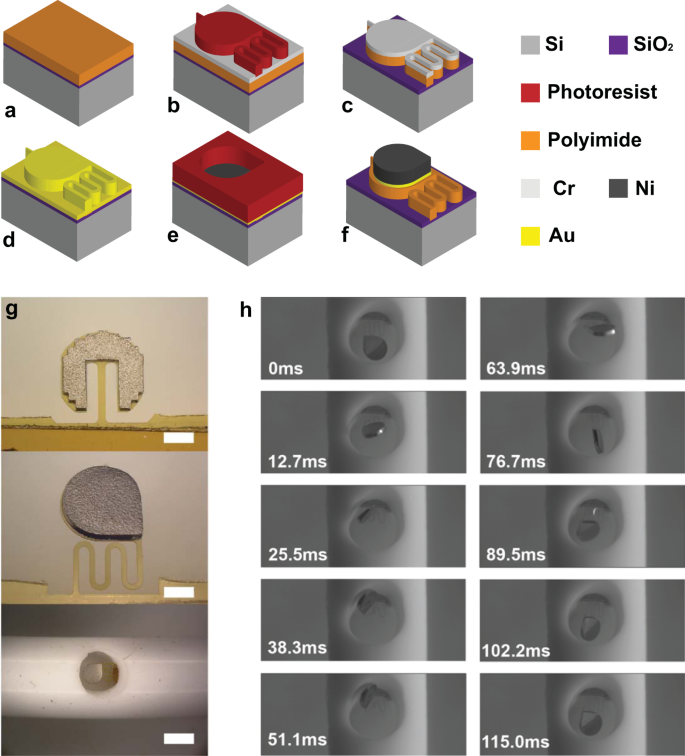しかし、この研究では、脳の構造にわずかな違いがあることがわかった But study did find small differences in brain structure
2022-06-14 ワシントン大学セントルイス
 Research from the Behavioral Research and Imaging Neurogenetics (BRAIN) Lab at Washington University in St. Louis found small brain differences in children exposed to SSRIs in the womb, but no association to prenatal exposure and later childhood depression. (Image: Shutterstock)
Research from the Behavioral Research and Imaging Neurogenetics (BRAIN) Lab at Washington University in St. Louis found small brain differences in children exposed to SSRIs in the womb, but no association to prenatal exposure and later childhood depression. (Image: Shutterstock)
当初、彼らはSSRIに出生前に暴露された子供のうつ病がわずかに増加することを観察したが、それはうつ病の家族歴や子供のうつ病の多遺伝子リスクとは無関係であった。しかし、母親のうつ病が子どもに及ぼす既知の影響を分析から差し引くと、この関連はもはや有意ではないことがわかった。
研究者らは、行動学的な結果に加えて、出生前のSSRI曝露と子どもの発達中の脳の変化との間に関連性があるかどうかを調べるために、子どもの脳の構造も調べた。その結果、胎内でSSRIに曝露された子どもと曝露されなかった子どもの間に違いがあることが明らかになったが、それは子どものうつ病とは関係がなかった。
曝露された子どもたちは、そうでない子どもたちに比べて、左後頭部外側皮質がわずかに厚く、左上頭頂葉の表面積がわずかに大きかったのです。
<関連情報>
- https://source.wustl.edu/2022/06/ssri-use-during-pregnancy-not-related-to-childhood-depression/
- https://www.bpsgos.org/article/S2667-1743(22)00020-9/fulltext
出生前の選択的セロトニン再取り込み阻害剤曝露、うつ病、および中年期の脳形態。ABCD研究からの結果 Prenatal Selective Serotonin Reuptake Inhibitor Exposure, Depression, and Brain Morphology in Middle Childhood: Results From the ABCD Study
Allison L. Moreau,,Michaela Voss,Isabella Hansen,Sarah E. Paul,Deanna M. Barch,Cynthia E. Rogers,Ryan Bogdan
Biological Psychiatry Global Open Science. Published:February 26, 2022
DOI:https://doi.org/10.1016/j.bpsgos.2022.02.005
Abstract
Background
Prenatal selective serotonin reuptake inhibitor (SSRI) exposure has been inconsistently linked to depression, and little is known about neural correlates. We examined whether prenatal SSRI exposure is associated with depressive symptoms and brain structure during middle childhood.
Methods
Prenatal SSRI exposure (retrospective caregiver report), depressive symptoms (caregiver-reported Child Behavior Checklist), and brain structure (magnetic resonance imaging–derived subcortical volume; cortical thickness and surface area) were assessed in children (analytic ns = 5420–7528; 235 with prenatal SSRI exposure; 9–10 years of age) who completed the baseline Adolescent Brain Cognitive Development Study session. Linear mixed-effects models nested data. Covariates included familial, pregnancy, and child variables. Matrix spectral decomposition adjusted for multiple testing.
Results
Prenatal SSRI exposure was not independently associated with depression after accounting for recent maternal depressive symptoms. Prenatal SSRI exposure was associated with greater left superior parietal surface area (b = 145.3 mm2, p = .00038) and lateral occipital cortical thickness (b = 0.0272 mm, p = .0000079); neither was associated with child depressive symptoms. Child depression was associated with smaller global brain structure.
Conclusions
Our findings, combined with adverse outcomes of exposure to maternal depression and the utility of SSRIs for treating depression, suggest that risk for depression during middle childhood should not discourage SSRI use during pregnancy. Associations between prenatal SSRI exposure and brain structure were small in magnitude and not associated with depression. It will be important for future work to examine associations between prenatal SSRI exposure and depression through young adulthood, when risk for depression increases.


